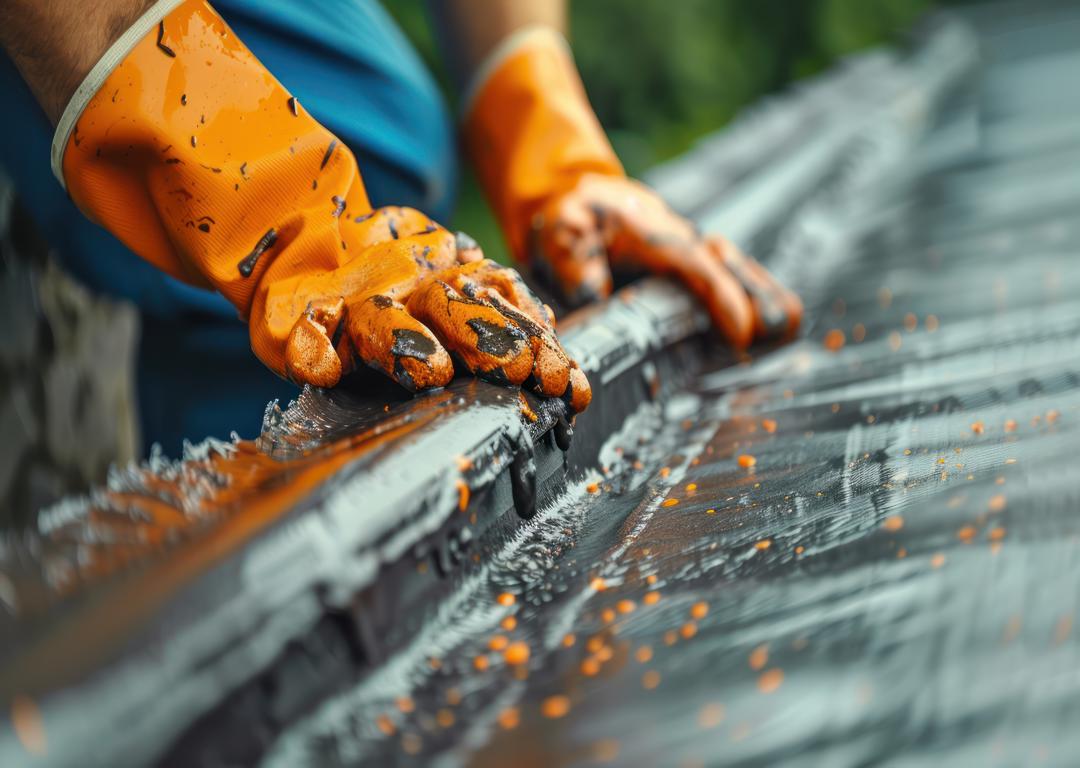
As the autumn season approaches, the Northwest region, including areas like Boise and Oregon, experiences cooler temperatures and increased moisture. Proper insulation becomes essential for maintaining a comfortable indoor environment and reducing energy costs. Preparing your home or business for the autumn months involves strategic insulation practices to ensure energy efficiency and comfort. This article provides practical insulation tips to help you effectively prepare for the cooler autumn months.
Assess Your Current Insulation
Conduct an Energy Audit
Before making any changes, it’s crucial to understand your current insulation status. Conducting an energy audit can identify areas where your home or business is losing heat. This can be done by a professional or using DIY methods like thermal cameras or infrared thermometers. Professional energy audits provide a comprehensive analysis of your insulation needs and energy usage, while DIY methods allow you to spot heat leaks and cold spots on your own.
Inspect Attics and Basements
Attics and basements are common areas where heat loss occurs. Inspect these spaces for adequate insulation and signs of wear and tear. In the attic, check if the insulation meets the recommended level for your region, which is R-38 to R-60 for the Northwest according to the U.S. Department of Energy. For basements, ensure that the walls and floors are insulated to prevent cold air from seeping into your living spaces.
Upgrade Insulation Where Needed
Attic Insulation
Attic insulation plays a significant role in maintaining indoor temperatures. Consider upgrading to more efficient materials if your current insulation is inadequate. Blown-in cellulose is an eco-friendly option that provides excellent coverage and effectively fills gaps and crevices. Spray foam insulation offers superior air sealing properties, reducing air leaks and enhancing energy efficiency.
Wall Insulation
Walls are another critical area for insulation. If your walls lack proper insulation, consider adding or upgrading the existing materials. Blown-in insulation is suitable for retrofitting older homes without significant renovation work, while foam board insulation provides a high R-value and can be used in new constructions or major renovations.
Window and Door Insulation
Windows and doors are common sources of drafts and heat loss. Ensure they are properly insulated to maintain indoor warmth. Install weatherstripping around windows and doors to seal gaps and prevent drafts. Additionally, use thermal or insulated curtains to add an extra layer of protection against the cold.
Seal Gaps and Cracks
Identify and Seal Air Leaks
Sealing gaps and cracks is a simple yet effective way to improve your home’s insulation. Focus on areas where air leaks are most likely to occur, such as around doors and windows. Use caulk or weatherstripping to seal these gaps. Installing foam gaskets behind outlet and switch plates on exterior walls can also reduce drafts. Furthermore, seal gaps around pipes, ducts, and vents with appropriate sealants to prevent heat loss.
Use Draft Stoppers
Draft stoppers are an inexpensive solution to prevent cold air from entering through the bottoms of doors. Place draft stoppers at the base of exterior doors and use draft snakes on windowsills to keep cold air out.
Utilize Insulating Accessories
Insulate Hot Water Heaters and Pipes
Insulating your hot water heater and pipes can prevent heat loss and improve energy efficiency. Wrap your hot water heater with an insulating blanket to reduce heat loss. Insulate exposed hot water pipes to maintain water temperature and reduce heating costs.
Use Thermal Window Coverings
Thermal window coverings can significantly reduce heat loss through windows. Heavy, insulated curtains help retain heat inside the home, while insulating window film can be applied to windows to reduce heat loss and increase comfort.
Maintain and Upgrade HVAC Systems
Regular HVAC Maintenance
Regular maintenance of your heating, ventilation, and air conditioning (HVAC) system ensures it operates efficiently during the colder months. Schedule a professional HVAC tune-up annually to check for any issues and ensure optimal performance. Additionally, HVAC filters should be replaced regularly to maintain air quality and system efficiency.
Upgrade to a Programmable Thermostat
A programmable thermostat can help manage your heating system more efficiently. Set lower temperatures when the building is unoccupied and higher temperatures when it is in use. This not only saves energy but also reduces heating costs.
By implementing these insulation tips, you can prepare your home or business in the Northwest for the cooler autumn months. Proper insulation not only enhances comfort but also leads to significant energy savings. Go Green Insulation is dedicated to helping you achieve these goals with sustainable and effective insulation solutions.